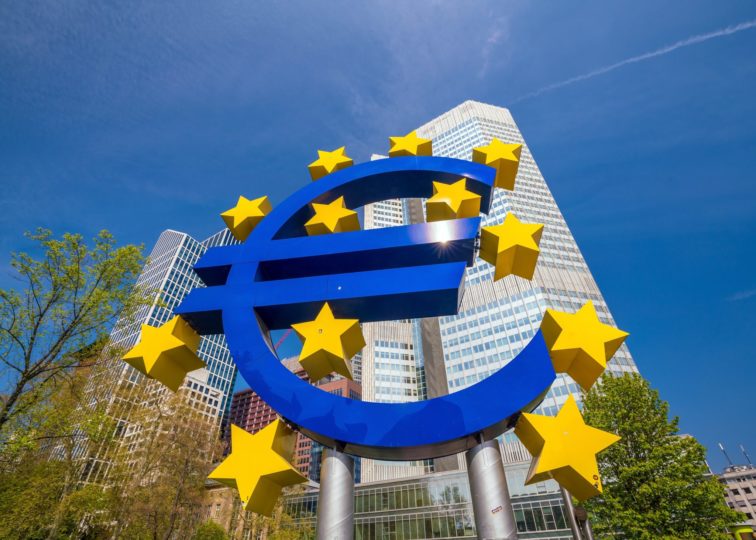
Blog
Why Is U.S. Inflation So Much Higher Than in Europe?
August 19, 2021
Americans have been feeling the pressure of higher prices since the economy reopened, but European consumers have thus far not seen the same level of inflation.
The harmonized consumer price index (CPI) for the eurozone climbed 2.2% in July, an acceleration from June’s 1.9% increase. Despite the month-to-month increase, inflation remains far more tepid than in the U.S., where CPI jumped 5.4% in July. Moreover, the continent’s “core” CPI, which excludes volatile components like food and energy, was up only 0.7% in July, a slowdown from June’s 0.9%. In the U.S., core CPI was up 4.3% in July.
While some economists view this as a sure sign that the U.S.’s massive stimulus spending is fueling inflation, a breakdown from the Wall Street Journal points out that the gulf in the two regions’ inflation rates can be largely attributed to consumer behavior and a difference in how the two indexes are calculated.
One major factor is America’s used car market. Auto prices account for 3.5% of the U.S. “consumption basket,” but just 1.1% of the eurozone’s. As the ongoing chip shortage limits the production of new cars, European consumers have largely opted to just delay purchasing a vehicle. In the U.S., consumers have turned to used cars, which has driven prices up 42%.
The other major factor is the difference in how shelter costs are calculated. The U.S. index includes a theoretical calculation that factors in the rent that would be paid on owner-occupied properties, whereas the European statistics only factor in those who are actually renting. Rents make up a similar portion of consumers’ budgets in both regions, but because of the calculation differences, rent accounts for 31% of the U.S. CPI basket and just 7.5% of the European one. This has long given the impression that inflation in the region is lower than it actually may be, and the European Central Bank has indicated that it plans to address the issue.
The WSJ argues that these two differences alone account for roughly half of the gap between the two regions’ inflation figures. They contend that the remaining difference can be largely attributed to the U.S. having reopened its economy sooner and consumers have largely resumed regular activity, especially travel. In the U.S., where domestic travel is largely free of restriction, airline prices have increased by 19%. In Europe, where restrictions remain in place, prices are up only 1%.
